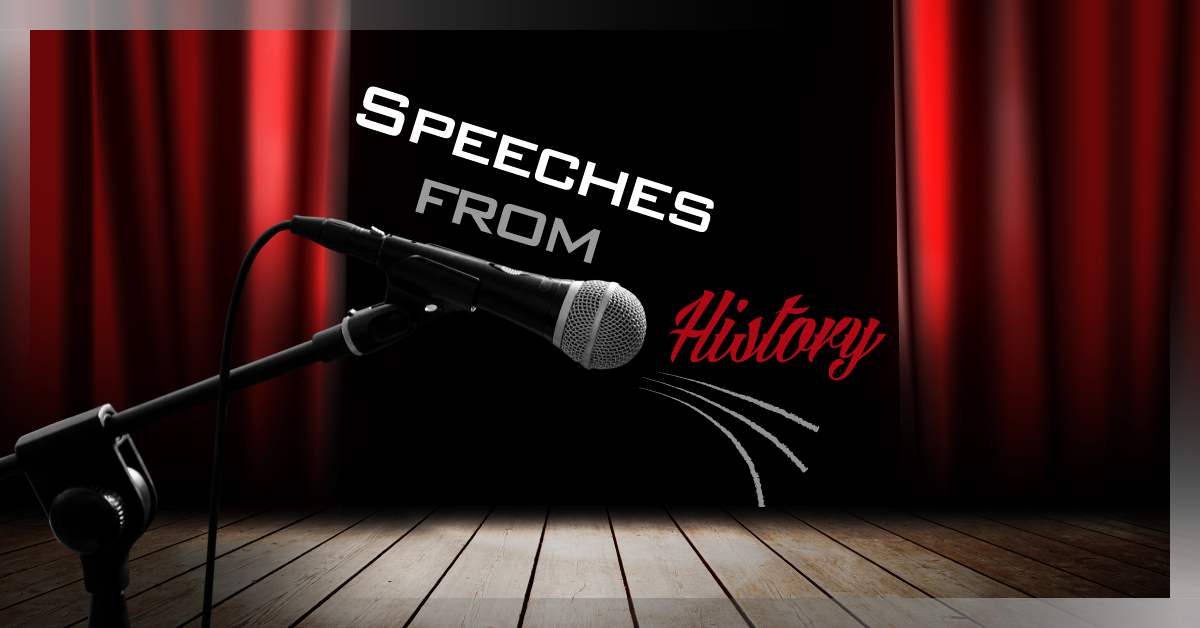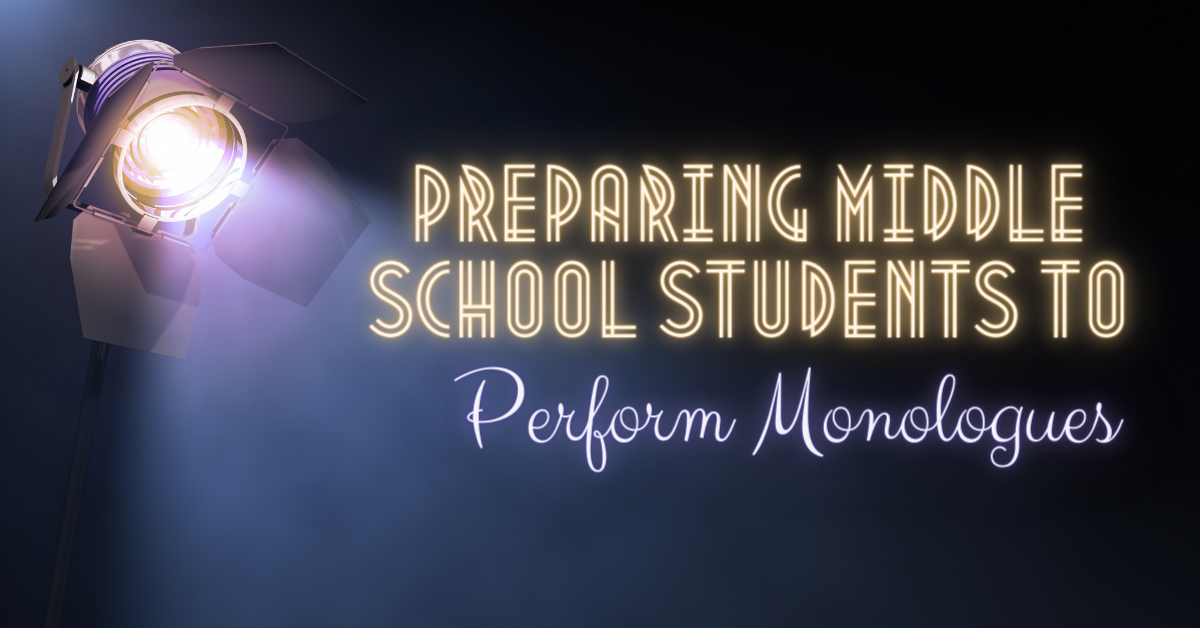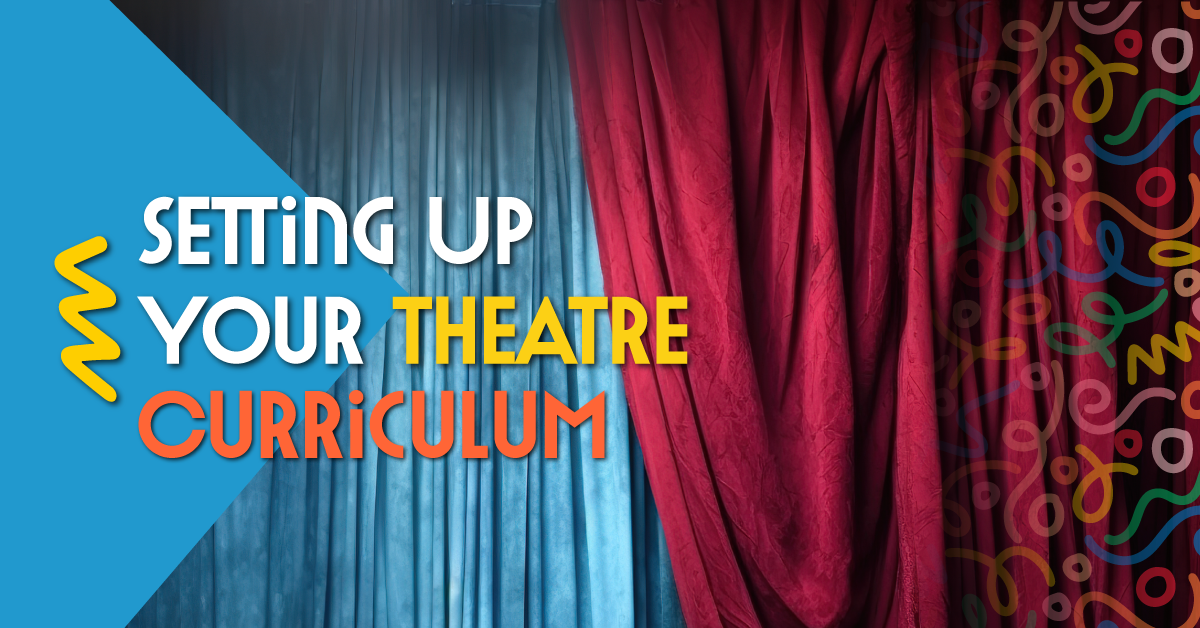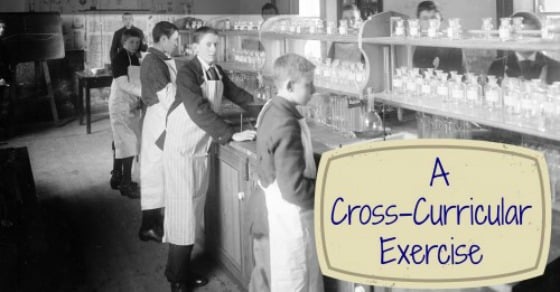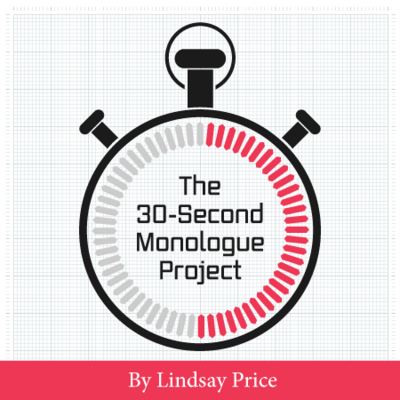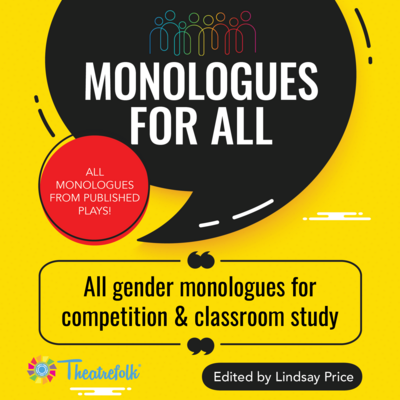Speeches from History – A Cross-Curricular Unit
Here’s a unit you can use that combines technology, drama, and cross-curricular learning. Talk about a multi-purpose activity!
Since the unit involves speeches, it’s probably best-suited to complement history and political science classes. However, there are also some excellent science- and technology-related speeches out there. A link to these can be found in the “More Speeches” resource at the end of this article.
Choose a speech
Choose a speech (or an excerpt) that is approximately one to two minutes long.
Here are some speeches that stood out to me:
- Amelia Earhart on Women in Flight
- Jane Goodall on chimpanzee aggression
- Louis Beats Schmeling
- Harold Lloyd on Slapstick Comedy
- Eyewitness Account of Hindenburg Disaster
- Ronald Reagan on the Challenger Disaster
These can all be found on history.com’s Famous Speeches in History website, which has dozens of audio clips for you to use. Feel free to use any other recording that might suit your specific needs better. Other sources for speeches can be found at the end of this article.
Transcribe the speech
Type out a word-for-word transcription of the text of the speech.
Do this task even if a transcription already exists. This step will help you get very familiar with the original recording of the speech, which will help you with the later steps.
Vocabulary
Are there any words or phrases in the speech you’re unfamiliar with? Are there any words or phrases in the speech that seem outdated? What words would you change if you were writing this speech for yourself?
Reflection
What’s your first impression of this speech?
Think like a playwright
Imagine that the speech is from a play and the text you’ve just transcribed is part of the script of the play.
Re-listen to the speech. Note things like pauses and changes in tone. Update your script to include these changes.
Reflection
If you were the playwright, how would write the speech differently?
Think like an actor
Imagine that the recording you’re working on wasn’t spoken by a real person. Imagine instead that the recording was delivered by an actor playing the role of that person.
Reverse-engineer the actor’s performance. Note any beats, pauses, non-verbal sounds, and stumbles that the actor made in the performance. Mark up the script as you think the actor would have marked it up.
Click here for information on how to mark up a script as an actor.
Spend a few minutes researching the speaker, their era, and the events that lead up to the speech.
Complete a character profile for the speaker.
Click here for sample questions that can be used to help complete a character profile.
Look at the places in the speech where the speaker stumbles, pauses, or makes non-verbal sounds. Decide for yourself why those anomalies are there. Are they on purpose, for dramatic effect? Are they there because the speaker is thinking about or struggling with what they will say next? Is the speaker distracted by something?
Reflection
What parts of the research did you struggle with? How do actors fill in missing details when they prepare to portray a character?
Be the actor
You are now going to learn, stage, and perform the speech.
Here are some questions you, the actor, should consider when preparing the speech:
- Who is the character speaking to?
- Why is it important for the character to speak?
- What is the character trying to achieve as a result of giving this speech?
Stage the speech. Is the character sitting? Standing? Are they speaking to one person? A crowd? Give the character one significant blocking movement during the speech. For example, if they’re sitting at the beginning, have them stand at a significant moment in the text.
Perform the speech with your blocking. Think about the tone, accent, pace, pauses, and non-verbal sounds that are present in the original recording.
Reflection
If you were the original speaker, how would you perform the speech differently? Would you be more passionate? More reserved? Would you speak more quickly or slower? Would the words come easy to you or would you struggle?
If you were the director, what adjustments would you suggest to the original speaker to improve their delivery?
Add some context
It’s time to put your playwright’s hat back on. Imagine this speech is in a play and the speaker is the lead character. Write a brief outline of this play, placing the speech somewhere in the middle. What events lead up to the monologue? What events follow it?
Describe three scenes from the play in more detail:
- The scene that takes place before the speech.
- The scene in which the speech takes place.
- The scene that happens after the speech takes place.
Describe three other characters in the play, at least one of whom is present for the speech. How do they relate to the lead character? How do they influence the lead character? How are they influenced by the lead character?
Reflection
Which role would you rather have in this play? Do you want to play the lead character or one of the other three you have invented?
Final Reflection
- How are real life events and theatre related?
- How are they different?
- Do you think speeches are a form of theatre? Why or why not?
- What is the greatest speech you ever heard? What made it great?
Modification
It isn’t necessary to do this unit in conjunction with audio recordings. You can easily modify the unit to use just the text of a speech by skipping the transcription and “reverse-engineering” steps.
More Speeches
Here are some excellent sources of speech texts:
25 Speeches that changed the world
American Rhetoric – Top 100 Speeches (also has recordings of many of them)
The History Place Great Speeches Collection
Wikipedia’s list of speeches (most have click-through links to the text of the speech)
65 Groundbreaking Science Speeches (includes video)
40 Speeches on Technology (includes video)
Great Speeches in History Podcast (updated very infrequently)
This one is really neat – it’s a collection of speeches that were written but never delivered.
Ted Talks – Probably the best source of speeches if you’re looking for tie-ins to current events and technology
Related Articles
The 30-Second Monologue Project
by Lindsay Price
Give students the confidence, skills and tools they need to master the monologue with The 30-Second Monologue Project. This four-lesson unit guides students from the first moment to a successful performance.
Monologues for All
by Lindsay Price
Many monologue books have monologues with only male- or female-identified characters. This resource allows students to infer the identity of the character.
